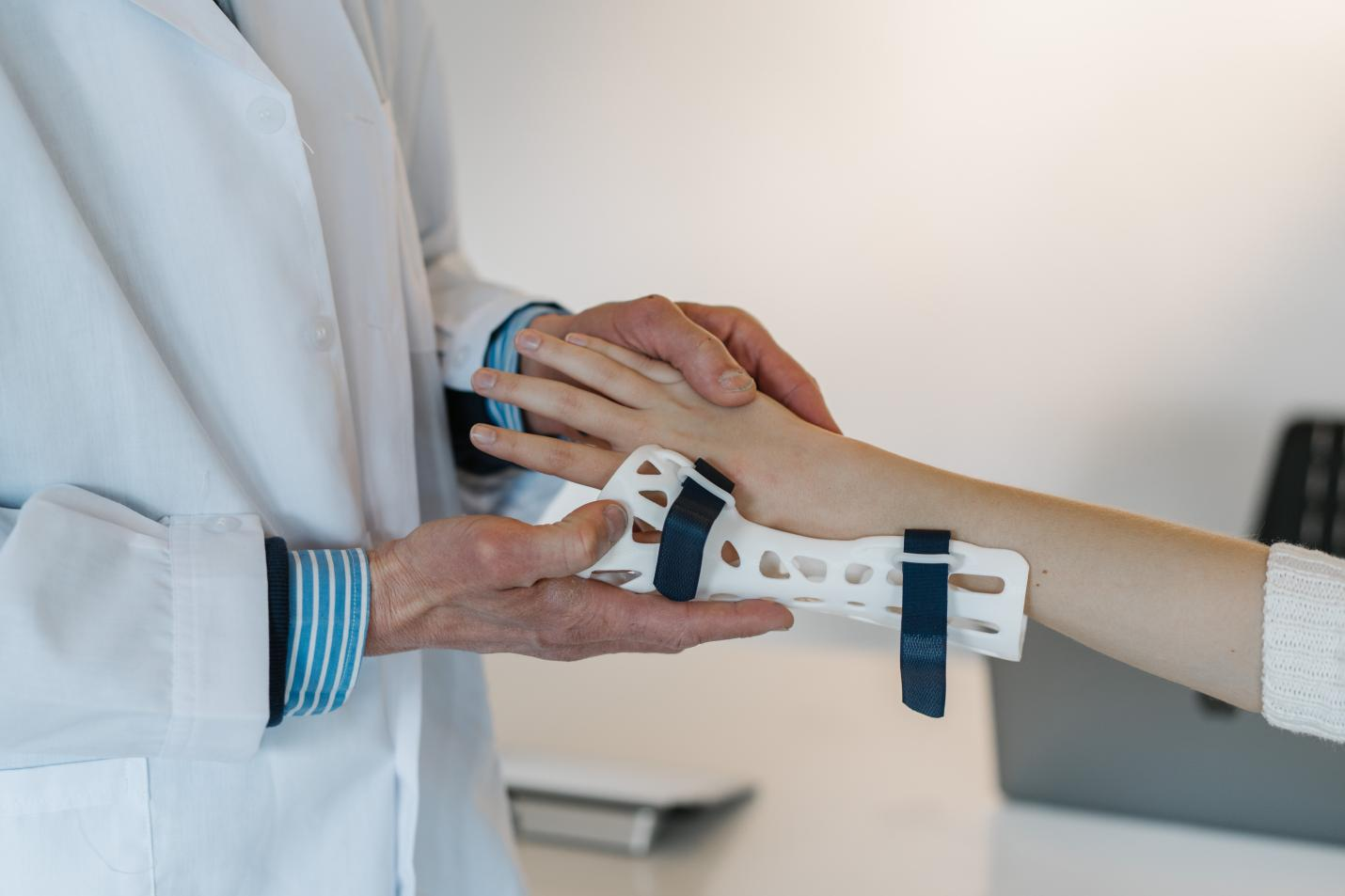Guest
Guest
Aug 29, 2024
8:37 PM

|
Understanding the Cost Breakdown of Additive Manufacturing: Materials, Labor, and Overhead
Additive manufacturing, commonly known as 3D printing, has revolutionized the way products are designed and produced. However, understanding the additive manufacturing cost is crucial for businesses and individuals looking to leverage this technology effectively. This article delves into the key components that contribute to the overall cost, including materials, labor, and overhead. 
Materials: The Foundation of Additive Manufacturing Cost
The choice of materials significantly impacts the additive manufacturing cost. Various materials are available, each with its own price point and properties. Common materials include:
- Plastics: Generally the most affordable option, plastics like PLA and ABS are widely used for prototyping.
- Metals: Materials such as titanium and aluminum offer strength and durability but come at a higher cost.
- Composites: These materials combine different elements to enhance performance but can be expensive.
When selecting materials, consider not only the initial cost but also the performance requirements of your project. For instance, while a cheaper plastic may reduce upfront costs, it might not meet the necessary durability standards for your application.
Labor Costs in Additive Manufacturing
Labor is another critical factor influencing the additive manufacturing cost. Skilled technicians are required to operate 3D printers, manage the production process, and perform post-processing tasks. The labor costs can vary based on:
- Skill Level: Highly skilled professionals command higher wages.
- Project Complexity: More complex projects require additional time and expertise, increasing labor costs.
- Location: Labor costs can differ significantly based on geographic location.
To optimize labor costs, consider investing in training for your team. This can enhance efficiency and reduce the need for external expertise, ultimately lowering the overall additive manufacturing cost.
Overhead Costs: Hidden Expenses in Additive Manufacturing
Overhead costs are often overlooked when calculating the additive manufacturing cost. These include expenses related to:
- Equipment Maintenance: Regular maintenance of 3D printers is essential to ensure optimal performance.
- Facility Costs: Rent, utilities, and other facility-related expenses contribute to the overall cost.
- Software Licenses: Advanced design and printing software can incur additional costs.
By understanding and managing these overhead costs, businesses can gain a clearer picture of their total additive manufacturing cost and identify areas for potential savings.
Conclusion: Navigating the Additive Manufacturing Cost Landscape
In conclusion, the additive manufacturing cost is influenced by a variety of factors, including materials, labor, and overhead. By carefully analyzing each component, businesses can make informed decisions that optimize their 3D printing projects. Whether you are a seasoned professional or new to the field, understanding these costs is essential for successful additive manufacturing.
|